Synopsis
Andrew Graham-Dixon discusses life in America during the Cold War.
- Programme: Art of America
- Episode: What Lies Beneath
- Channel: BBC Four
- Broadcast year: 2011
- History | America, 1713-1975 | The USA 1930-54 | Post-war America, 1945-1954
Licence: ERA Licence required
UK only
Staff and students of licensed education establishments only
Cannot be adapted
Add Notes
More clips from Art of America
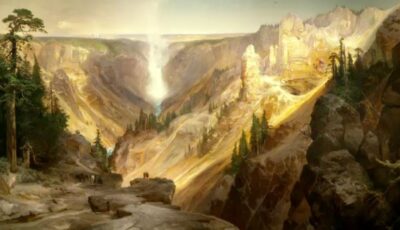
3: What Lies Beneath | Art of America
3: What Lies Beneath | Art of America
Andrew Graham-Dixon examines Andy Warhol's soup can paintings, interviews pop artist James Rosenquist, looks at Ed Ruscha's work and vi...
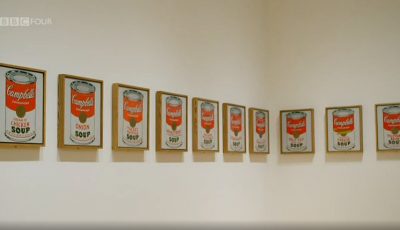
Andy Warhol | Art of America
Andy Warhol | Art of America
Andrew Graham-Dixon explores Andy Warhol and how his art, unlike anything else before, embraced consumerism.

Dan Flavin | Art of America
Dan Flavin | Art of America
Andrew Graham-Dixon explores Dan Flavin's famous and simple use of the fluorescent tube.
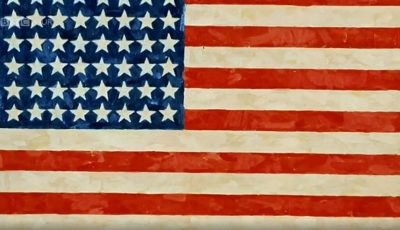
Jasper Johns | Art of America
Jasper Johns | Art of America
Andrew Graham-Dixon explores the work of Jasper Johns and his take on Americanism.
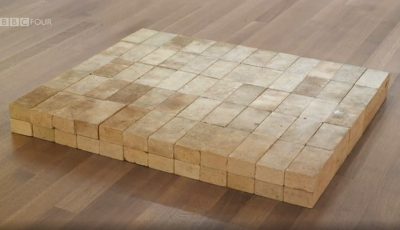
Minimalism | Art of America
Minimalism | Art of America
Andrew Graham-Dixon explores the American response to Minimalism and its rejection of Pop Art.
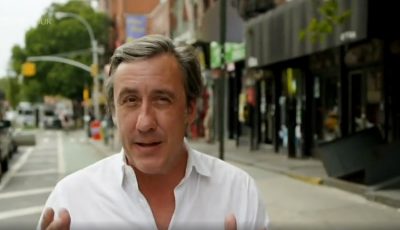
Nan Goldin | Art of America
Nan Goldin | Art of America
Andrew Graham-Dixon explores the evolution of post-modernism in relation to Nan Goldin and her revolutionary photographs of the AIDs crisis.

Pop Art and consumerism | Art of America
Pop Art and consumerism | Art of America
Andrew Graham-Dixon investigates Pop Art as a reflection of consumerism in Postwar America.
More resources about The Cold War
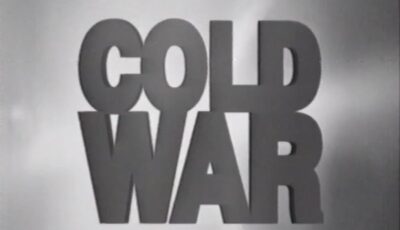
14: Red Spring: 1960s | Cold War
14: Red Spring: 1960s | Cold War
Likewise the Soviet Union started the decade with growing openness and optimism. There was also an emerging cohort of youth with no memory o...
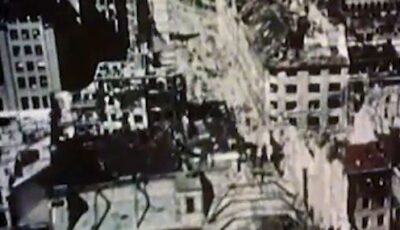
2: Hungary 1956 | History File
2: Hungary 1956 | History File
Compilation of secondary schools programme about the Cold War, featuring Berlin Crisis, Hungarian Uprising, rise of Soviet leader Nikita Khrus...
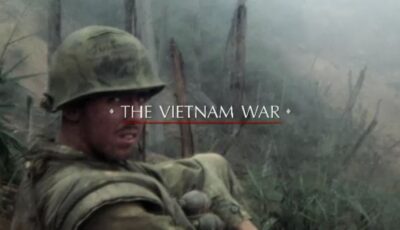
2: Riding the Tiger (1961-1963) | The Vietnam War
2: Riding the Tiger (1961-1963) | The Vietnam War
President Kennedy and his advisers wrestle with how deeply to get involved in South Vietnam. As the increasingly autocratic...

3: Marshall Plan: 1947-1952 | Cold War
3: Marshall Plan: 1947-1952 | Cold War
For both altruistic and self-serving purposes, the United States provides massive grants of aid to the countries of Europe in the form...
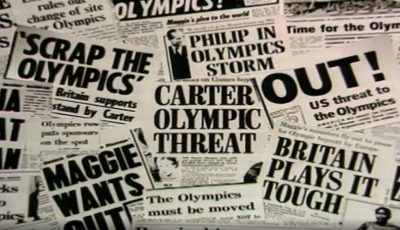
Boycott by the United States | Moscow 1980: The Cold War Olympics
Boycott by the United States | Moscow 1980: The Cold War Olympics
As politics and sport collided head on, athletes faced tough dilemmas.
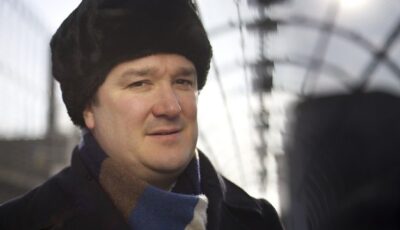
Red Dawn | Strange Days: Cold War Britain
Red Dawn | Strange Days: Cold War Britain
Historian Dominic Sandbrook examines the Cold War. He looks at the first chilling years of the conflict, when the opposing ideologi...

1: Berlin 1945-48 | History File
1: Berlin 1945-48 | History File
Compilation of secondary schools programme about the Cold War, featuring Berlin Crisis, Hungarian Uprising, rise of Soviet leader Nikita Khr...

1: Deja Vu (1858-1961) | The Vietnam War
1: Deja Vu (1858-1961) | The Vietnam War
Revolutionaries led by Ho Chi Minh end French colonial occupation. Vietnam is divided in two at Geneva.
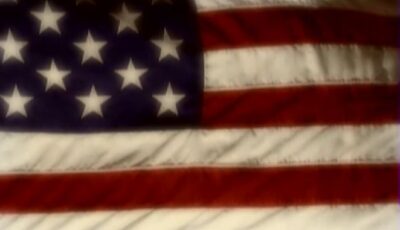
1: Lyndon Johnson's War | Wheeler on America
1: Lyndon Johnson's War | Wheeler on America
A look back at the classic series Wheeler on America from 1996. Charles Wheeler traces changes in US society since the liberal r...

10: Cuba: 1959-1962 | Cold War
10: Cuba: 1959-1962 | Cold War
Fidel Castro comes to power following the Cuban Revolution. Cuba aligns itself with the Soviet Union and the government starts nationalising A...

10: The Weight of Memory (March 1973-Onward) | The Vietnam War
10: The Weight of Memory (March 1973-Onward) | The Vietnam War
While Watergate forces Nixon to resign, the Vietnamese continue to savage one another.
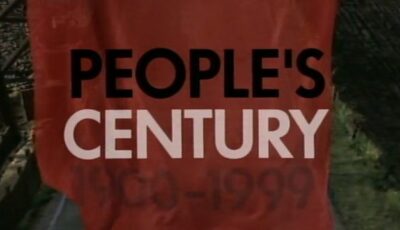
11: 1945: Brave New World | People's Century
11: 1945: Brave New World | People's Century
Despite being allies against Hitler, disagreement and rivalry soon break out between the Soviet Union and the West, leading to t...

11: The Cold War Confrontation | Twentieth Century History
11: The Cold War Confrontation | Twentieth Century History
The Berlin blockade of 1948-49 and the Korean War 1950-53.

11: Vietnam: 1954-1968 | Cold War
11: Vietnam: 1954-1968 | Cold War
After losing the Battle of Dien Bien Phu the French leave Vietnam. A stream of refugees flee to the south after the Communist north institu...

12: 1948: Boomtime | People's Century
12: 1948: Boomtime | People's Century
Europe is exhausted and impoverished in the years after the Second World War. The United States implements the Marshall Plan to rebuild...

12: MAD: 1960-1972 | Cold War
12: MAD: 1960-1972 | Cold War
The United States nuclear strategy of counterforce, intended to counter a Soviet conventional attack by targeting military facilities, is discr...

12: Mr Kennedy and Mr Khruschev | Twentieth Century History
12: Mr Kennedy and Mr Khruschev | Twentieth Century History
The contest between the United States and the Soviet Union between 1961 and 1963 leading to the Cuban Missile Cri...

15: 1951: Asia Rising | People's Century
15: 1951: Asia Rising | People's Century
Through thrift, hard work and discipline, Japan and later South Korea enjoy economic miracles that bring growth, prosperity and conf...

15: China: 1949-1972 | Cold War
15: China: 1949-1972 | Cold War
Following the Chinese Revolution Mao Zedong aligns China firmly with the Soviet Union. China becomes the recipient of Soviet aid, supports Co...

16: Détente: 1969-1975
16: Détente: 1969-1975
Nixon builds closer relations with China and the USSR, hoping to leverage an honourable US exit from Indochina. The Soviet Union is fearful of a US-C...
